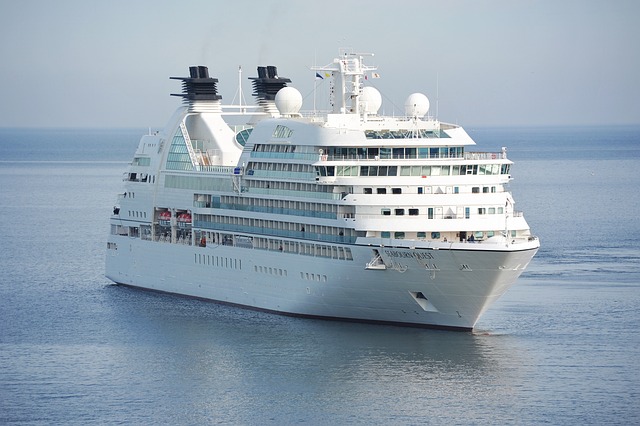Short sea shipping is an efficient and environmentally-friendly method of moving intra-regional cargo. And enabling shippers can freight forwarders to expand their capacity. Short sea shipping is especially useful in the context of port congestion in all major ports in the US and Europe.
Short Sea Shipping Explained
Short sea shipping refers to freight movement along the coast without crossing oceans. The distance the ships traverse is relatively short compared to conventional intercontinental deep-sea cross-ocean ships. This shipping mode is not new since small ships have traditionally been sailing short distances between European ports. It was common before large container ships became the order of the day. Even today, despite the focus on deep-sea container shipping, short sea shipping remains important in Europe. According to UNCTAD, it accounts for 70% of freight movement in the Eastern Mediterranean, Black Sea, and Baltic regions. Some of the top advantages of short sea shipping for freight forwarders and shippers include:
Avoid the Challenges of Road Transportation
Independent freight forwarders can counter the challenges of transporting cargo by road with short sea shipping. Establishing sea routes and developing the links between the ports and the hinterland network will help reduce the pressure on the road transportation sector. Short sea shipping has the potential of being able to cope with the multiple issues afflicting the road transport sector, such as congestion, accidents, driver shortage, and traffic-related delays for better cargo management. Shifting the bulk of the road freight to short sea shipping can help restore the imbalance of capacity in road transport, especially in Europe.
Cost-Effective and Saves Time
One of the biggest benefits of using the short sea shipping method is it costs much less than airfreight or road transport. Sea freight is typically much more economical because carriers can move a large volume of cargo in one voyage. By using the sea freight route, independent freight forwarders and shippers can drastically cut down on the expenses of road transport. Another indisputable advantage of the short sea shipping method is that it does not face the typical delays and uncertainties associated with trucking, like congestion, accidents, and trucker agitation. With short sea shipping, shippers can expect timely departure and arrival of the vessels and better supply chain management.
More Environment Friendly
Short sea shipping is far more environmentally friendly than road transport. The carbon emission per ton of freight is significantly lesser than road transportation. Because of this, the EU is encouraging manufacturers to integrate short sea shipping in their logistics chains. The EU has already established several centers in the coastal areas for the promotion of short sea shipping to reduce the emission of greenhouse gases by the transportation sector by 60%. According to experts, increased adoption of short sea shipping will help the transportation sector in America, Asia, and Europe to significantly lower its carbon footprint.
Conclusion
Short sea shipping allows shippers and freight forwarders to make ocean freight service more reliable, cost-effective, secure, and scalable. However, it cannot exist on its own but can be an effective solution when used in conjunction with road freight for dependable and cost-efficient logistical services.








Leave a Comment
You must be logged in to post a comment.